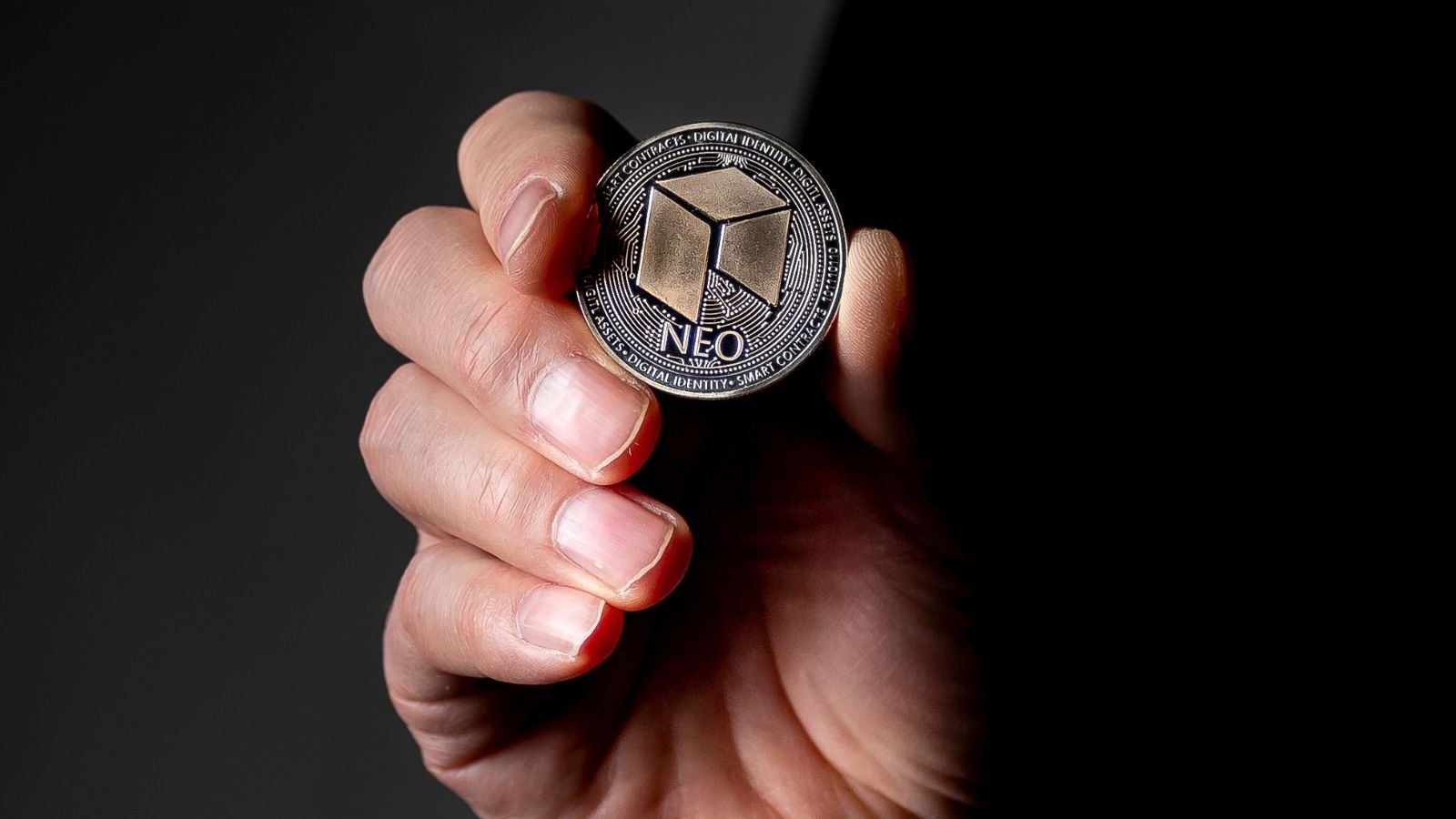The DeFi Challenge to Traditional Banking - What Banks Need to Know
What Is DeFi?
Decentralized Finance, commonly referred to as DeFi, has emerged as a potent challenger to traditional banking and the broader financial industry.
This is an innovative field that uses blockchain technology, particularly Ethereum, to recreate traditional financial instruments in a decentralized manner, without intermediaries.
DeFi presents a formidable challenge to the established norms of traditional banking. Anchored on blockchain technology, DeFi bypasses the need for intermediaries, such as banks, to offer financial services, from loans to asset trading.
This disintermediation often results in faster, more accessible, and sometimes cheaper financial solutions. Without the overheads of physical branches and the bureaucracy that accompanies large institutions, DeFi platforms can offer attractive interest rates and innovative products.
DeFi operates on the premise of trustless, peer-to-peer transactions, leveraging blockchain technology's foundational security features. The global and open-access nature of DeFi ensures financial inclusivity, reaching populations historically underserved by conventional banking systems.
At its core, it inherits the security measures provided by the underlying blockchain, typically Ethereum, which utilizes cryptographic principles to ensure data integrity and confidentiality.
Smart contracts, the building blocks of DeFi applications, are immutable once deployed, meaning they cannot be easily altered, preventing unauthorized changes.
Furthermore, these smart contracts undergo rigorous auditing and formal verification processes by the community to ensure their resilience against potential vulnerabilities.
DeFi also eliminates centralized points of failure by distributing its operations across numerous nodes, reducing the risk associated with central server hacks.
While no system is entirely immune to threats, the combination of cryptographic guarantees, community-driven scrutiny, and decentralized infrastructure endows DeFi with a robust security framework.
As DeFi grows in popularity and adoption, traditional banks are faced with the urgent need to innovate, adapt, and reconsider their value proposition in an increasingly decentralized financial landscape.
DeFi vs Traditional Banking
DeFi presents a transformative approach to many of the constraints observed in traditional banking.
While the latter is built on legacy systems, bureaucratic processes, and intermediaries, DeFi operates on transparent, open source blockchain platforms, ensuring accessibility and inclusivity.
Unlike the geographically restricted and often exclusionary nature of banks, DeFi platforms are globally accessible to anyone with an internet connection, democratizing access to financial services.
Moreover, DeFi often provides superior yield opportunities, compared to the minimal interest rates offered by conventional banks. Transactions are executed round the clock without waiting for "business hours," and fees can be significantly lower due to the absence of middlemen.
Additionally, the permissionless nature of DeFi fosters rapid innovation, with new financial products and services emerging at an unprecedented pace.
While DeFi is not without its challenges, its potential to offer a more inclusive, efficient, and user-centric financial system positions it as a robust alternative to traditional banking.
How Does DeFi Pose as a Challenge to Traditional Banking?
1. DisintermediationAt its core, DeFi operates without intermediaries. This contrasts with the traditional banking system where intermediaries, such as banks or financial service companies, facilitate most transactions. By removing the middleman, users can gain more control over their finances and potentially reduce costs.
2. Open accessAnyone with an internet connection and a crypto wallet can access DeFi platforms. This makes financial services accessible to those without traditional bank accounts or those who are underserved by the current financial system.
3. ProgrammabilityFinancial products in the DeFi space are often built using smart contracts on platforms like Ethereum. This means that these products can be easily customized, combined, and automated, leading to innovative new offerings.
4. TransparencyThe transparent nature of blockchain ensures that all transactions and smart contract codes are available for verification. This contrasts with traditional banking, where certain operations might be opaque.
5. Yield farming and liquidity miningThese are novel concepts in the DeFi space where users can earn returns by lending out their assets or by providing liquidity to decentralized exchanges. These often offer higher returns than traditional savings accounts or CDs.
6. Global reachDeFi platforms can be accessed by anyone, anywhere in the world, breaking down national barriers and expanding the reach of financial services.
7. InteroperabilityDeFi projects are often built to be interoperable, meaning they can easily integrate with other projects and services, leading to a more interconnected and robust financial ecosystem.
8. Cost efficiencyWithout intermediaries, many processes in the DeFi sector can be more cost-efficient than traditional banking, resulting in potentially lower fees for users.
9. 24/7 operationsTraditional banks and stock markets have operating hours. In contrast, DeFi platforms operate 24/7, allowing users to interact with them at any time.
How Can Traditional Banking Keep Up?
The rise of Decentralized Finance (DeFi) poses both challenges and opportunities for traditional banks.
In response to this rapidly emerging sector, banks need to be informed, strategic, and proactive.
Here’s a roadmap for banks navigating the DeFi landscape:
- Stay informed and educated:
- Understand DeFi: Banks need to educate their teams about DeFi – its architecture, how it operates, the range of products and services it offers, etc.
- Continuous learning: As DeFi is rapidly evolving, continuous learning and staying updated with the latest trends, innovations, and regulatory insights is crucial.
- Assess threats and opportunities:
- Competitive analysis: Assess which DeFi services directly compete with the bank's primary offerings.
- Identify opportunities: Look for areas where DeFi and traditional banking can complement each other, such as incorporating blockchain for more efficient cross-border transactions.
- Develop a strategic response:
- Collaborate: Consider partnerships with established DeFi platforms or blockchain projects. Collaboration can allow banks to leverage DeFi’s strengths while providing the regulatory and security framework that traditional institutions are known for.
- Innovate: Develop in-house decentralized solutions or enhance existing services using blockchain technology.
- Hire or partner with experts: Engage blockchain and DeFi experts to help guide the bank's strategy and implementation.
- Address regulatory and compliance issues:
- Engage with regulators: Open a dialogue with regulators to understand the evolving landscape and ensure any ventures into DeFi remain compliant.
- Internal compliance: Update internal policies and frameworks to address the unique challenges posed by DeFi and cryptocurrencies.
- Prioritize security:
- Risk assessment: Understand the risks associated with smart contracts, crypto assets, and blockchain technologies.
- Protection protocols: Implement robust security protocols to protect against potential vulnerabilities. This could involve a combination of traditional cybersecurity measures and new solutions tailored to blockchain and crypto assets.
- Improve financial products:
- Competitive rates: DeFi platforms often offer attractive interest rates. Banks should consider how they can offer more competitive rates or value-added services.
- Service integration: Integrate some DeFi services or benefits into existing banking products to provide a hybrid experience for customers.
- Educate customers:
- Provide information: Offer resources to customers about the benefits and risks of DeFi, helping them make informed decisions.
- Workshops and training: Organize seminars or webinars to educate customers about the changing financial landscape.
- Enhance user experience:
- Streamline processes: The appeal of DeFi lies in its often straightforward and rapid processes. Traditional banks should simplify their services, reducing bureaucracy and wait times.
- Digital transformation: Enhance digital platforms to offer a user experience that can rival or surpass DeFi platforms by leveraging the best digital transformation services.
- Monitor and adapt:
- Stay flexible: The world of DeFi is dynamic. Banks need to remain adaptable, recalibrating their strategy based on new developments.
- Feedback loop: Regularly solicit feedback from both internal teams and customers to understand their needs and concerns related to DeFi.
Conclusion
The DeFi sector has shown significant growth and continues to present a disruptive challenge to the conventional banking system.
Whether DeFi will replace, coexist, or merge with traditional finance remains to be seen, but its rise underscores the demand for more open, transparent, and decentralized financial services.
In conclusion, while DeFi poses challenges to traditional banking, it also offers opportunities for innovation, improvement, and collaboration.
By taking proactive steps, banks can position themselves effectively in this evolving financial landscape.
Let’s Connect
TransformHub, counted amongst the top digital transformation services companies, is at the forefront of delivering cutting-edge technologies, precisely tailored to your business requirements.
Share this
You May Also Like
These Related Stories

How Banks Can Enter the Metaverse with a Purpose

Neobanks - The Future of Banking




